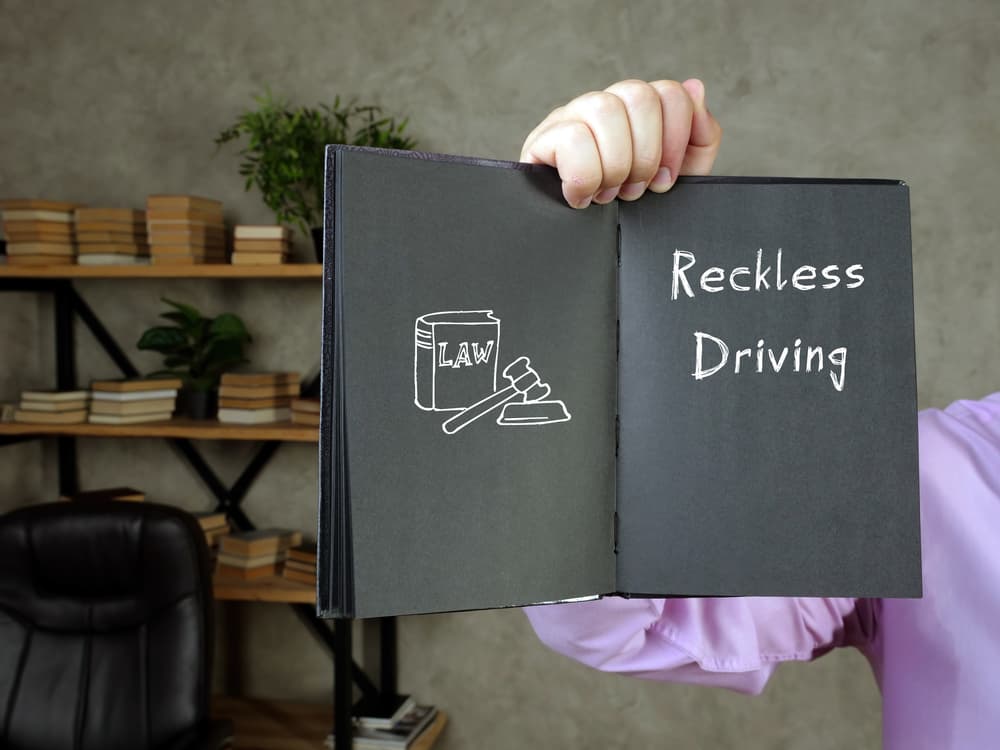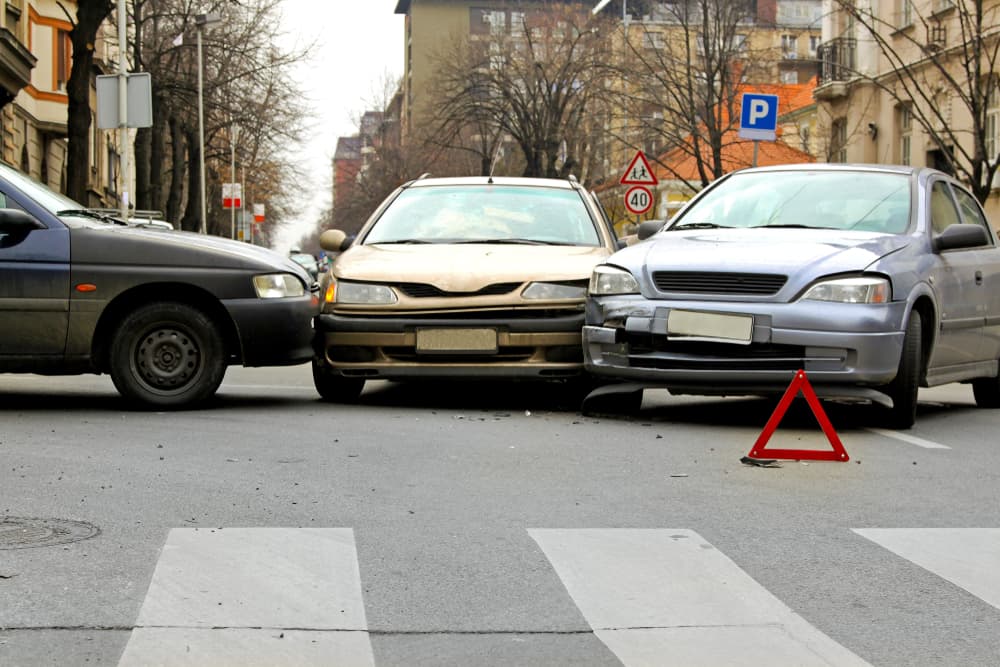
Every year, about 12,000 people sustain a spinal cord injury[1]. That's 30 new injuries every day. Most of these people are injured in auto and sports-related accidents, falls and industrial mishaps. An estimated 60 percent of these individuals are 30 years old or younger, and the majority of them are men.
What is a Michigan Spinal Cord Injury?
A spinal cord injury is a damage to the spinal cord that results in a loss of function, such as mobility and/or feeling. Frequent causes of damage are trauma from an automobile or motorcycle accident.
The spinal cord does not have to be severed for a loss of function to occur. In fact, in most people with spinal cord injury, the cord is intact, but the damage to it results in loss of function. Spinal cord injury is very different from back injuries, such as ruptured disks, spinal stenosis or pinched nerves.
What are the Effects of a Michigan Spinal Cord Injury?
The effects of a spinal cord injury depend on the type and level of the injury. Spinal cord injuries can be divided into two types of injury; complete and incomplete[2].
- A complete injury means there is no function below the level of the injury, no sensation, and no voluntary movement. Both sides of the body are equally affected.
- An incomplete injury means there is some function below the primary level of injury. A person with an incomplete injury may be able to move one limb more than another, may be able to feel parts of the body that cannot be moved, or may have more functioning on one side of the body than the other. With the advances in the acute treatment of spinal cord injuries, incomplete injuries are becoming more common.
Besides a loss of sensation or motor function, individuals with spinal cord injury also experience other changes. For example, they may experience dysfunction of the bowel and bladder, a loss of many involuntary functions, including the ability to breathe, necessitating breathing aids such as mechanical ventilators or diaphragmatic pacemakers. Other effects of spinal cord injury may include low blood pressure, inability to regulate blood pressure effectively, reduced control of body temperature, inability to sweat below the level of injury and chronic pain.
Is There a Cure for Spinal Cord Injuries?
Currently, there is no cure for spinal cord injury. There are researchers studying this problem, and there have been many advances in the lab. Many of the most exciting advances have resulted in a decrease in damage at the time of the injury. Steroid drugs, such as methylprednisolone, reduce swelling, which is a common cause of secondary damage at the time of injury. When a spinal cord injury occurs, there is usually swelling of the spinal cord. This may cause changes in virtually every system in the body. After days or weeks, the swelling begins to go down, and people may regain some functioning. With many injuries, especially incomplete ones, the individual may recover some function as late as 18 months after the injury. In very rare cases, people with spinal cord injury will regain some functioning years after the injury. However, only a small fraction of individuals sustaining a spinal cord injury recover all function.
Michigan Spinal Cord Injury Attorneys
If you or a loved one suffered a spinal cord injury, it is important to speak to an experienced Michigan spinal cord injury attorney who will zealously represent you and obtain compensation on your behalf. Please do not hesitate to call Michigan Injury Lawyers at 313-GET-HELP for a free consultation today.
References:
[1] https://www.shepherd.org/patient-programs/spinal-cord-injury/about
[2] http://www.brainandspinalcord.org/spinal-cord-injury/complete-vs-incomplete-spinal-injury.html



